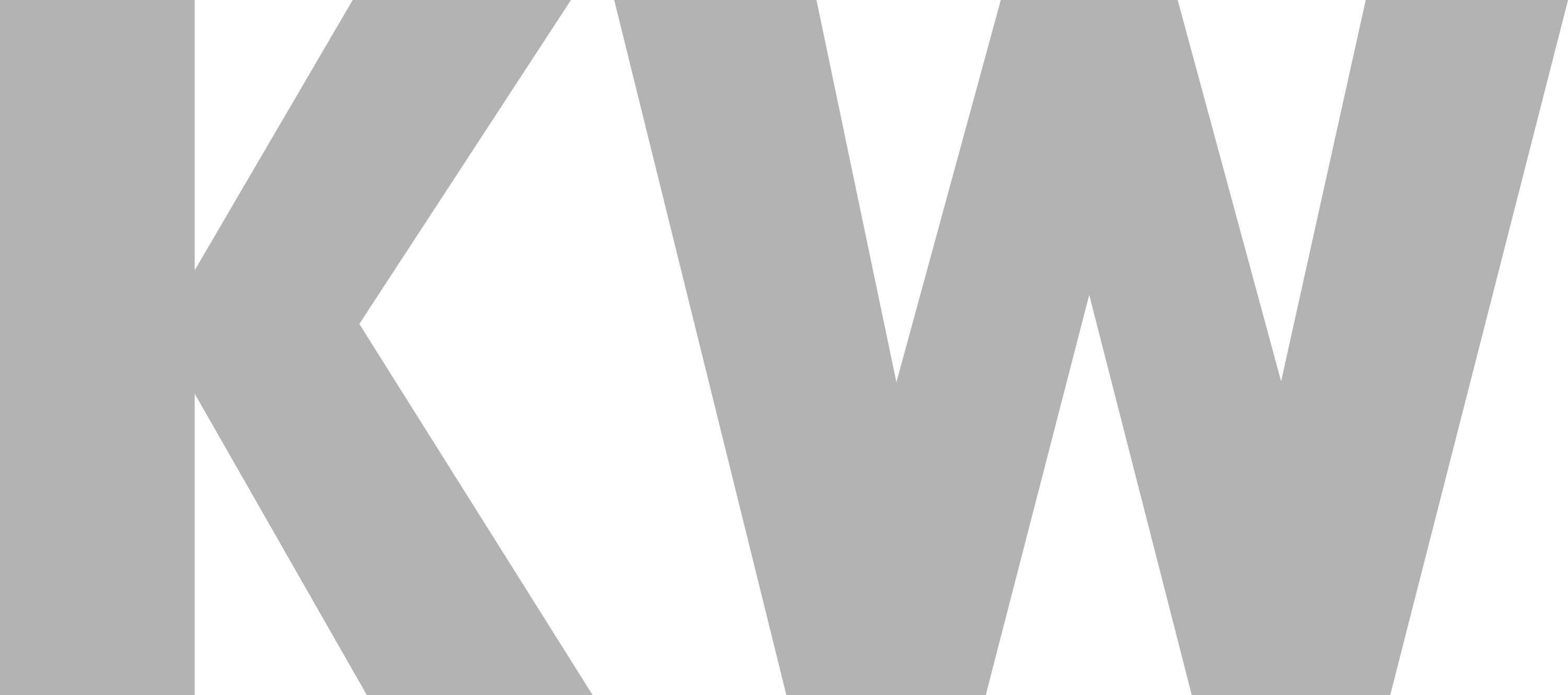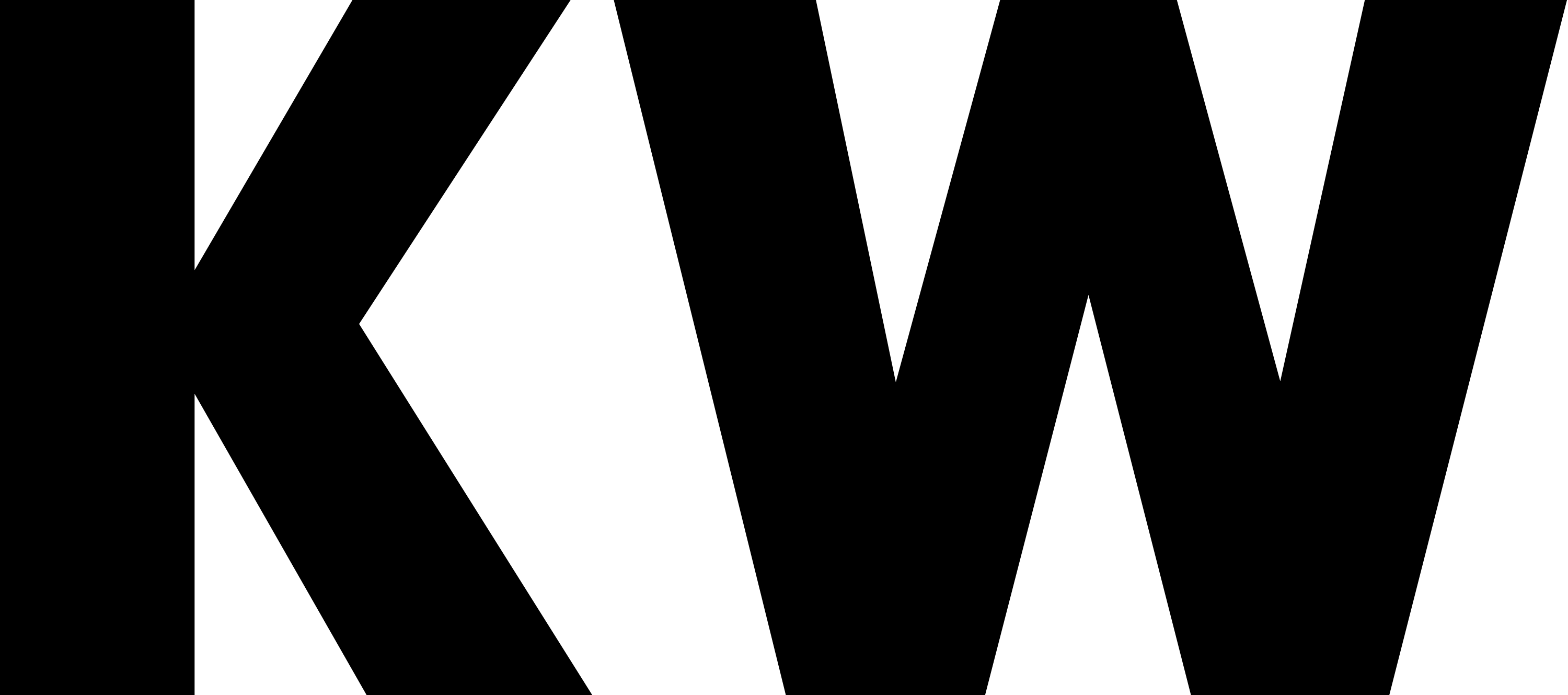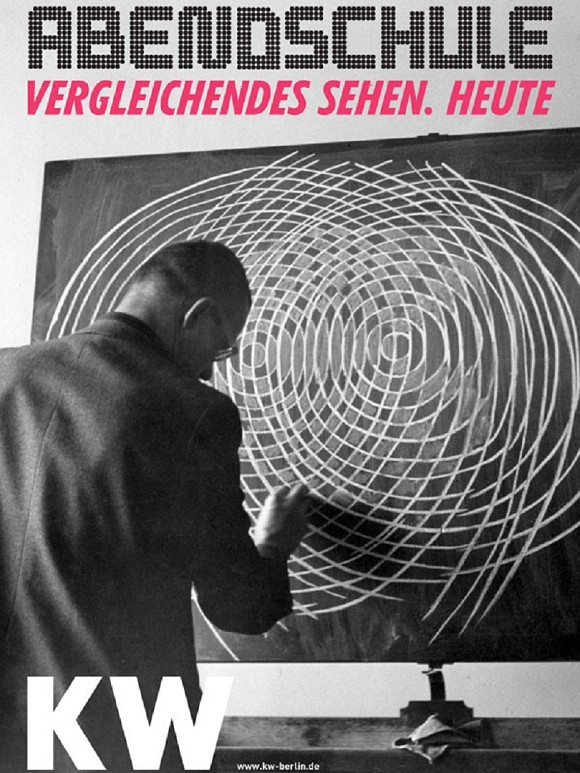Abendschule - Vergleichendes Sehen. Heute (II)
Abendschule
Vergleichendes Sehen. Heute
Evening Classes - Comparative Visual Analysis. Today
Tue + Thur, 7 – 8.30 pm
Comparative visual analysis entails a dialogical perception and the application of visual thinking. At the beginning of the 20th century Swiss art historian Heinrich Wölfflin pioneered the development of comparative formal analysis in the history of art. For the first time ever, reproductions of artworks were projected side by side using a set of twin parallel projectors. What back then was a revolutionary approach on his part, remains to this day still the most common method in art history, even despite the presence of PowerPoint. With Evening Classes this academic practice is now integrated into the exhibition context, though not without liberating it from its indoctrinating usage and by questioning it as a method. Implicated in this series of events is the invitation for unexpected test arrangements and comparative situations that allow both to support and topple this methodology.
II.
Mona Schieren: Raster rastern (Rastering rasters)
Jan Verwoert: Motifs of Motion: Lies, Games, Creatures, God, Irony
7 pm
Mona Schieren: Raster rastern (Rastering rasters)
In addition to comparative seeing, rastering is another analytical cultural technique. It designates a tool for both representation and the induction of reality, two crucial practices which structure and guide perceptions. For the American theorist Rosalind Krauss the raster is emblematic of modernity because it becomes omnipresent in post-1920 art, whilst up to this point in time it had been exclusive to the humanities, the natural sciences and criminology. The lecture explores the twofold, both rational and spiritual character of the raster, by looking at Carl André, Robert Ryman, Ad Reinhardt, Agnes Martin as well as the contemporary positions of Katharina Hinsberg and Raster Noton. The focus will be put on art and crime, anthropology and deviance. (Lecture in German)
Mona Schieren studied art history in Hamburg and Nice. After projects in Antibes and Rome she has been working as a research assistant and lecturer at the University of the Arts, Bremen, where she also directs the research project iMediathek. In the past she also lectured at the department of cultural history at the University of Hamburg. Her latest publication: Not Berlin and Not Shanghai. Art Practise on the Periphery (co-edited with Kirsten Einfeldt, Bielefeld 2009).
Jan Verwoert: Motifs of Motion: Lies, Games, Creatures, God, Irony
You put images side by side to look for motifs. As they reappear in different pictures, motifs show what they do: they slip from one image into others, they are in motion, they motivate change, they move you.
What moves people? In the games people play, lies are the key. Lies set things in motion. They arouse desire. They make the mind reel. They let you imagine things. Looking at the motif of the lie, we wonder: Why are true liars so irresistible?
And: Besides lies, what else is there to engender (e)motion? There is the animal. The animal is motion. It slips away. Following its traces, we sense: God is an animal. Alive and in motion, god remains a slippery allegory. But we feel it’s there, through empathy, telepathy and crucially: in irony. (Lecture in English)
Jan Verwoert is an art critic who lives in Berlin. He writes regularly for frieze, and has been published in numerous other media. He teaches at the Piet Zwart Institute, Rotterdam.
In the context of the exhibition For the Usw of Those Who See
With kind support by the Ernst Schering Foundation and the Capital Cultural Fund, Berlin.
We cordially thank the Lette Foundation for the seating.


